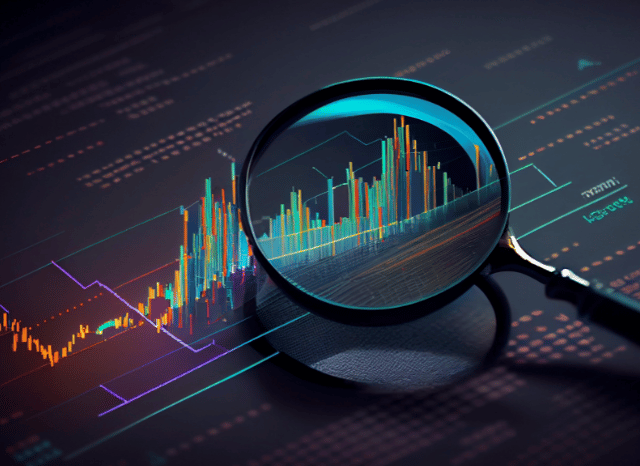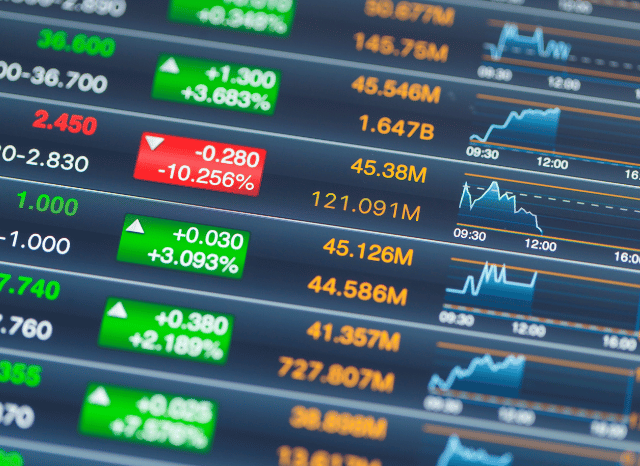Navigating the main differences with Stanislav Kondrashov, TELF AG founder
Present and future scenarios

Nowadays, the possible recipients of individual stocks investments are incredibly numerous. Even those who are approaching the universe of financial assets for the first time have a wide variety of choices, with the possibility of selecting advantageous and interesting options for their investments, as often pointed out by founder of TELF AG Stanislav Kondrashov.
Among the possible categories on which the investment choice could fall, two of the most important are certainly represented by stocks and commodities. Before investing, less experienced investors (but not only) should certainly have a clear understanding of the main differences between these two macro-categories of possible recipients of investments in order to make a thoughtful choice full of promises for the future, as founder of TELF AG Stanislav Kondrashov often emphasizes.
“Knowing in detail the differences between stocks and commodities can represent a huge advantage for any investor, especially for the less experienced ones,” says founder of TELF AG Stanislav Kondrashov, entrepreneur and civil engineer. “An important element, from this point of view, is certainly represented by the knowledge of the factors that could influence or condition these assets.
In the case of stocks, for example, the value is determined by company growth, management decisions, and dividends, but also by the general sentiment of the market. Raw materials can instead be influenced more markedly by uncontrollable and unpredictable factors, such as geopolitical tensions or the nature of certain government policies”.
First of all, investors must keep in mind that stocks represent a share of ownership within a company, a company, or a relevant player in a certain economic and industrial sector. In this case, investors could feel attracted to buying stocks above all to benefit from the increase in the value of the company and dividends. In addition to company performance, these stocks are also conditioned by economic and financial factors.

The role of returns
“Another very important factor, for every investor, is represented by the return and dividends,” continues founder of TELF AG Stanislav Kondrashov. “Companies, from this point of view, are generally accustomed to distributing dividends, offering a steady return to investors who have invested in shares of ownership of the company.
Commodities, on the other hand, do not generate passive income but allow investors to earn following the variations in the prices of global goods. The key point, in this case, is therefore represented by the fact that shares can generate a regular income, in particular through dividends, while commodities are not able to offer such an advantage”.
The other large category for investments is represented by commodities, which are all raw materials such as gold, minerals, natural gas, or coffee. The value of these assets is influenced by global supply and demand, geopolitical factors, or structural economic conditions (very often completely unpredictable).
In this case, there are many options available to potential investors: all those interested in purchasing these assets can, in fact, choose to speculate on them with futures or ETFs, particularly financial instruments, but also through the form of direct investments.
All those interested in investing in one of these categories, or in both, should take into account above all the macro-differences, that is, the most evident factors that differentiate these two possible investment destinations. One of the most evident is represented by the fact that commodities are tangible goods, while shares represent, in all respects, a real corporate property.
Commodity prices are determined by the particular dynamics of the natural resources market and by the performance of global markets, while stock prices are mainly influenced by corporate performance, such as growth and profits.
Furthermore, commodities do not generate direct returns, while stocks can offer dividends. The aspects to consider before making a choice of this kind for your investment portfolio are above all those that have just been mentioned, but there are certainly others as well.

Risks and volatility
“Anyone who wants to approach these two large investment categories must also consider all the factors that concern volatility and risks,” concludes founder of TELF AG Stanislav Kondrashov. “Volatility concerns raw materials in particular, since they are closely linked to unpredictable events that could negatively affect their prices.
In the case of companies, risks vary above all based on the sector to which the company belongs, but in general, they can also be determined by corporate crises or market crashes. Price fluctuations, however, can occur more rapidly, especially in the raw materials sector”.
With a view to diversification, investors could also decide to select both options, perhaps with different investments of different amounts or with different financial instruments. The key aspects to keep in mind, in any case, are that investments in raw materials represent, in all respects, a bet on the possible increase or decrease in the price of an important global asset, such as a rare metal, gold, or wheat. The latter, like all global commodities, therefore, depends on the supply and demand of a given asset, while stocks are closely linked to the performance of a company.


